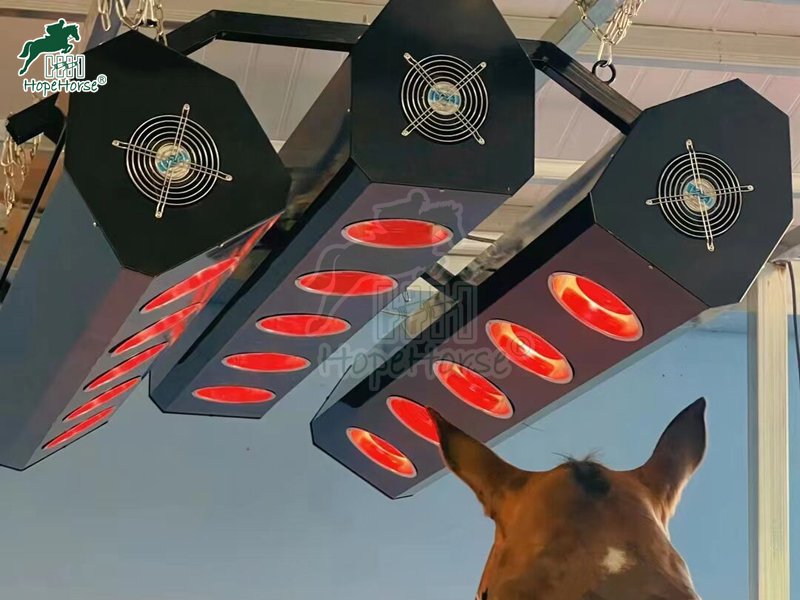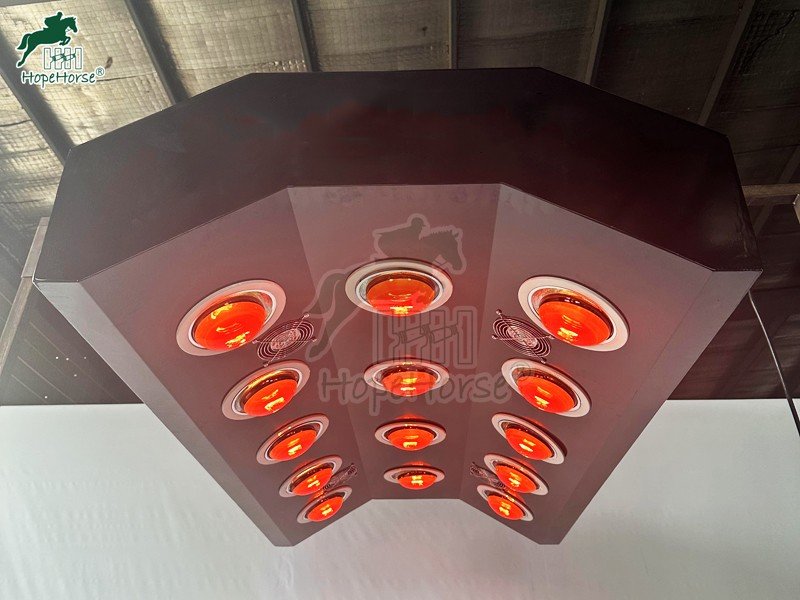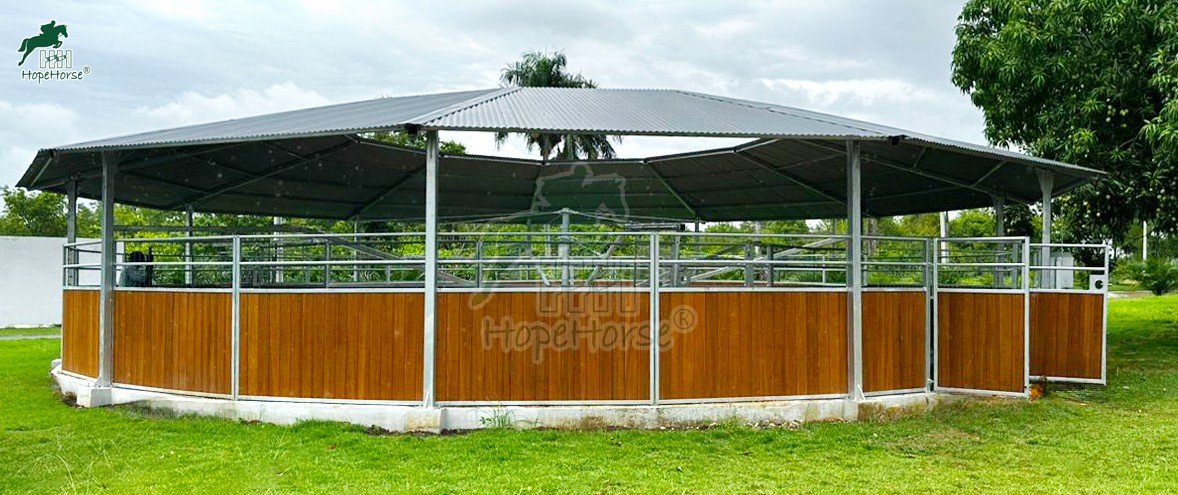In a horse's life, treatment and recovery are essential for ensuring its health, performance, and longevity. When faced with health challenges, timely treatment and scientific recovery management can not only reduce pain but also help the horse return to its normal life and work more quickly.
This article focuses on equine physical therapy and rehabilitation. Physical therapy and rehabilitation for horses combine therapeutic exercises and stretching to maintain the horse's performance and health, while also supporting recovery from injuries, surgeries, and chronic illnesses.
The Main Goals of Equine Physical Therapy
1. Pain Relief: When a horse is injured, its muscles, tendons, and ligaments may be damaged. Through physical therapy and proper rest, inflammation can be effectively reduced, and pain and muscle tension can be alleviated.
2. Promoting Healing After Injury or Surgery: Techniques such as heat therapy can improve blood circulation, prevent stiffness, restore the horse's range of motion, and promote the quick recovery of damaged tissues.
3. Preventive Training: By maintaining muscle flexibility and strengthening muscles, physical therapy can help prevent injuries caused by overuse during training or competition.
Common Physical Therapy Methods
Heat Therapy
Heat therapy is widely used to reduce pain and improve blood circulation. By applying heat to a specific area, it relaxes affected muscles, relieves joint stiffness, and enhances blood flow. This method is particularly effective in treating chronic injuries or conditions involving muscle tension. Heat therapy can be applied through heating pads, warm water baths, or horse solarium and each session typically lasts 20-30 minutes.
HopeHorse offer you two kinds of horse solariums as following. Each type has 15 and 20 infrared lamps to dry horses quickly after bathing and stimulates the blood circulationbefore training.
 |  |
Cold Therapy
Cold therapy is especially suitable for acute injuries such as muscle tears, ligament strains, and minor cuts. Cold therapy relieves pain, inflammation, and swelling by reducing the metabolic demand on tissues, preventing tissue damage from worsening. It is very effective in the early stages of injury treatment. Cold therapy is usually applied to the injured area using an ice pack or cold compress for 20-30 minutes each time, repeated every two to four hours.
Whole-Body Vibration Therapy
Vibration platforms can be installed in stables, using whole-body vibrations to improve the horse's muscle tone and posture while stimulating bone formation. This therapy is particularly useful for long-term rehabilitation, allowing treatment to continue outside of rehabilitation centers.
Shockwave Therapy
Although ultrasound technology is commonly used for diagnostic imaging, it is also employed to treat deep tissues. By penetrating soft tissue, ultrasound stimulates blood circulation and promotes tissue regeneration, especially for the repair of muscle and tendon injuries.
Laser Therapy
Low-intensity laser therapy uses light energy to penetrate tissue, stimulating cellular repair, improving blood circulation, relieving pain, and speeding up natural healing. Laser therapy is often used to treat chronic conditions like arthritis.
Massage Therapy
Massage therapy is an important part of equine physical therapy. It can promote muscle health, relieve tension and soreness, help horses recover from strenuous exercise, and also help prevent injuries. Chiropractic care can promote overall mobility by improving spinal alignment and increasing joint flexibility.
Conditioning Exercises and Stretching
Conditioning exercises are fundamental to rehabilitation treatment, helping horses regain strength and flexibility. Rehabilitation plans are usually personalized according to the specific condition of each horse, aiming to prevent muscle atrophy and enhance strength. Stretching is a crucial part of rehabilitation, helping to relieve tension and stiffness and improve flexibility.
Muscle Recovery: Controlled exercise prevents muscle atrophy, allowing the horse to gradually regain strength.
Bone Healing: Bone injuries heal through stages of callus formation and bone remodeling. Resistance training and weight-bearing exercises help stimulate bone growth.
Tendon and Ligament Repair: These injuries require proper mechanical stress to ensure correct fiber alignment and increase strength. Stress should be gradually increased during rehabilitation to avoid overstretching, which can negatively affect the healing process.
Horse walkers and other controlled environments provide a safe training space, helping to build endurance without placing undue stress on the joints and muscles.
HopeHorse horse training walkers consist of HDG steel frame and durable fence panels in different materials such as bamboo wood, pine wood, HDPE boards, solid plastic boards.

Hydrotherapy
Hydrotherapy is a common tool in equine rehabilitation, especially for the recovery of joint and muscle injuries. Hydrotherapy pools or specialized aquatic treadmills use the buoyancy of water to reduce joint stress, allowing horses to exercise without pain, helping to maintain muscle strength and reduce the risk of recurrence.
Each horse is different and the rehabilitation program is tailored to the specific problem. The diverse range of treatments ensures that each horse receives personalized care, ensuring that treatments are selected based on objective criteria and adjusted over time.
In summary, equine physical therapy covers a variety of techniques from heat and cold therapy to laser and shock waves. These treatments, combined with personalized conditioning training and rehabilitation programs, play a vital role in maintaining the overall health of horses and their recovery after injury.